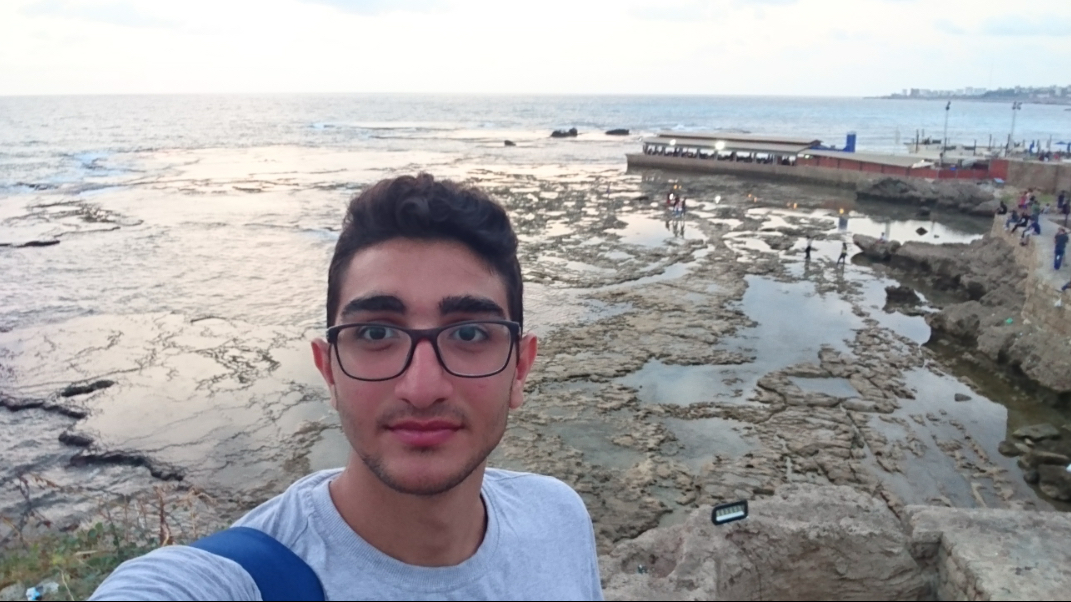No Smoke Without Fire: Teenage Smoking in Lebanon
As a parent, your discovery can take any form. It could be a packet of cigarettes stashed away in the corner of the school bag. It could be a lighter left hidden in a car. It could be one too many visits to that restaurant that famously offers water-pipes. Most of the time, it’s the smell of smoke reeking from your teenager’s clothes whenever he or she comes home. Denial might be your first instinct: that smell is from secondhand smoke, the packet or lighter belongs to a friend. Both problematic but not as disastrous as the alternative. Then, you catch them in the act. Your teenager, a smoking addict.
It is an unfortunate reality today that an alarmingly high percentage of teenagers in Lebanon are either smokers themselves or are negatively affected by secondhand smoke.
The effects of tobacco use in any form are well known. The World Health Organization lists tobacco use as one of the main risk factors for life threatening illness such as cancer and cardiovascular diseases. Tobacco ranks as one of the most prevalent preventable causes of death. Yet, this widespread awareness does not translate into decreased smoking take-up rates.
In order to learn more about why this phenomenon is so pervasive, etcetera spoke to Professor Rima Nakkash, one of the most prominent anti-tobacco activists in Lebanon.
Everyone knows it’s bad! Why is smoking still so attractive and hard to eradicate?
“Research and experience have shown that knowledge and awareness are not enough to prevent take-up of smoking,” Nakkash says. “We have doctors who are fully aware of the dangers of smoking who smoke nevertheless. Even pathologists, who know exactly what it means to have cancerous cells, smoke.”
The problem lies in the advertising power of the tobacco industry. “The tobacco industry has a lot of resources, public relations and lobbying power, and an enormous advertising budget all of which is aimed at maintaining this high level of tobacco consumption,” Nakkash explains.
Teenagers in particular are a target audience. “The tobacco industry has a focus on adding consumers,” Nakkash elaborates. “Adults who are already addicted to tobacco are confirmed life-long customers, so the focus in on teenagers and young adults, who are the potential consumers. The key is to get them started. Once they’re addicted, they are life-long consumers as well.”
"Teenagers see advertisements that portray smoking as cool and glamorous, as a symbol of maturity."
So teenagers and adults alike are bombarded on every side by positive advertisement for smoking. “Teenagers see advertisements that portray smoking as cool and glamorous, as a symbol of maturity,” Nakkash points out. “For girls, smoking is portrayed as sexy and beautiful. And there are no counter-messages, so teenagers believe it, and they take up smoking despite being fully aware of its harmful effects.”
The other problem is the easy availability of cigarettes “Also, cigarettes are very affordable and easily accessible,” Nakkash says. “That’s a big consideration for teenagers who have limited purchasing power.”
Another local factor is the widespread use of water-pipes. “There’s also the problem of high prevalence of water-pipe smoking, people don’t know or are not aware of its dangers, and it is socially acceptable for young people to use it,” Nakkash explains. “There are people who are operating water-pipe businesses under the stairs of a building: they don’t need much, just a few water-pipes, a phone number, and a motorbike to deliver. Totally unregulated.”
A Multi-Layered Solution
“Studies about school-level awareness programs show that if those programs are not reinforced on the outside by a supportive environment, they will not work,” Nakkash says.
So what will work? “The change has to come from beyond the individual,” Nakkash answers. “Evidence shows the need for multiple levels of intervention on a policy level; multiple regulations that work together to ensure take-up of smoking decreases.”
Those policies start with limiting exposure to secondhand smoke. “Smoking indoors or in public spaces should be socially unacceptable and illegal,” Nakkash says. “Cigarettes should always be labelled with health warnings in text form and preferably in pictorial form as well.”
"Smoking is neither cool nor beautiful."
For teenagers, in particular, limiting advertising is important. “For example, public events that teenagers would attend should have no sponsorship from tobacco companies or free distribution of packets of cigarettes,” Nakkash adds. “There also has to be counter-messaging, telling students that no, smoking is neither cool nor beautiful.”
“All those steps work together to decrease take-up rates for teenagers,” Nakkash concludes.
What can parents do?
“Definitely be good role models,” Nakkash emphasises. “Studies have shown that the children of parents who smoke are statistically more likely to take up smoking.”
“For parents who are already addicted to smoking, if they are willing to stop, they should stop, and they should seek proper support through smoking cessation programs,” Nakkash says.
"If parents are not willing to stop,
they should choose to smoke outdoors."
Yet, even if they don’t quit smoking, there are steps parents can take to ensure the safety of their children. “If parents are not willing to stop, they should choose to smoke outdoors, anywhere that ensures that the inside living environment of their children is not tainted with secondhand smoke,” Nakkash warns.
Protecting children from exposure to secondhand smoke is absolutely crucial. “They can be going to their uncle’s or their neighbor’s or their grandparents’ and spending eight or so hours being exposed to smoke,” Nakkash explains. “Parents should make it clear that because the secondhand smoke is harmful to children, those caretakers should be considerate.”
That can be quite effective. “Sometimes, you see a grandfather for the first time actually walking out to the balcony to smoke rather than smoking indoors just to protect his grandchild,” Nakkash laughs.
Sometimes, it’s too early to give children outright warnings about smoking, but it’s a good idea to talk about smoking in negative terms. “Sometimes when I’m out with my three year old, and we come across a person smoking a water-pipe in a restaurant, I tell him to stay away from it, that it’s toxic poison,” Nakkash relates. “I say it out loud so the smoker can hear!”
“Finally, there are developmental assets you can give your children to protect them from risky behaviors such as smoking,” Nakkash adds. “Those include having the ability to comfortably discuss things with their parents, having proper role models, having alternative healthy ways to spend their time, participating in community activities.”
What if the teenager is smoking?
“If the teenager is already smoking, I personally don’t believe this should be dealt with through punishment,” Nakkash says. “Instead, make sure they know the negative effects, provide the supportive environment for them to quit, tell them there is help for quitting.”
Isolating the teenager through anger is never the answer. “It’s very important not to alienate the young smoker, instead try to see where he or she is coming from, talk them through what could have led to them taking up smoking,” Nakkash offers.
Also, one way to discourage teenagers from smoking is to focus on short-term undesirable consequences. “You don’t smell well, your teeth are yellow, you age worse, all of those statements would work better than long-term arguments about health,” Nakkash says.
Warning younger smokers about the health risks of smoking in thirty or forty years is unlikely to be helpful. “Teenagers believe they are invincible,” Nakkash says with resignation. We have to help them avoid a rude awakening.
Rima Nakkash is an Associate Professor at the American University of Beirut, Department of Health Promotion and Community Health. She holds a DrPH in Public Health Policy from the London School of Hygiene and Tropical Medicine. She is the coordinator of AUB Tobacco Control Research Group. Dr. Nakkash is currently the Chair of AUB’s Tobacco Free task force.






